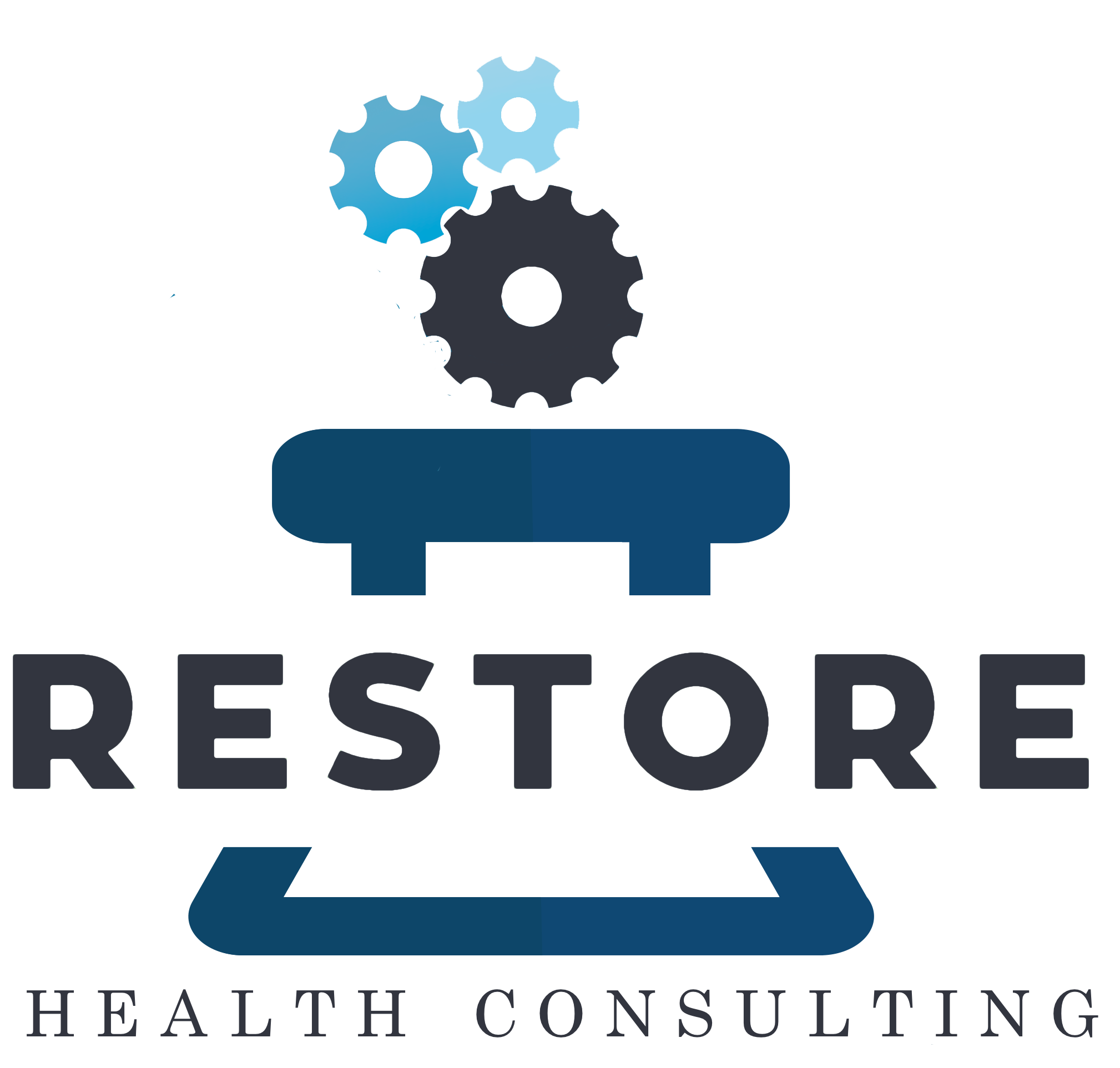FDA Public Meeting Discusses Drugs Compounded for Office Stock by Outsourcing Facilities
In December of 2018, the FDA published a current good manufacturing practice guidance document for 503B outsourcing facilities. Then on May 21, 2019, the FDA opened its doors to hear public opinion on how this guidance document would impact office use compound access if made final.
After the FDA made presentations to the public on the new CGMP guidance for 503B’s, medical leaders from ophthalmology specialty groups provided insight to regulators about the challenges they face in obtaining small batch compounds from 503B pharmacies. They stated many 503B facilities turn their business away because it is simply too costly to develop a product per CGMP for such small batch sizes. And since 503A pharmacies are federally prohibited in distributing non-patient specific compounds for office use, this particular medical specialty is at a loss.
Could ophthalmology be a niche some compounders decide to pursue?
Perhaps one way to solve this problem is for a compounder to:
Decide to serve this specialty
Identify a group of health providers seeking ophthalmic compounds that are difficult to obtain because of their small batch size requirement per practice
Have each provider in the group complete a survey where they list all desired ophthalmic compounds
Analyze the survey by identifying the most statistically desired ophthalmic compounds, combinations, and strengths requested by the group
Inform the group of the compounds to be developed, lead time, and pricing schedules
Provide a purchasing agreement to the ophthalmic providers
Serve the niche
This business strategy can be applied to both 503B’s and 503A’s to serve ophthalmology (as well as other medical specialties). The main difference is 503A compounding pharmacies will also have to coordinate the timing of patient prescription dispensing with batch or individual prescription compounding.
Many patient’s positive health outcomes rely on a 503A pharmacy’s ability to make unique compounds for select individuals. These pharmacies play a critical role in maintaining patient access to small-batch or individually produced prescription compounds. At the same time, a 503B facility’s ability to produce popular compounds in large batches for non-patient specific office use is crucial to provide quality safe compounds to the masses. Both compounding entities are important to this industry and to patient health. As 503A pharmacies continue to beef up their procedures to improve the quality and safety of their products, perhaps both types of compounders could start referring business to one another instead of turning the patient or office away leaving limited options of patient access to compounds.
